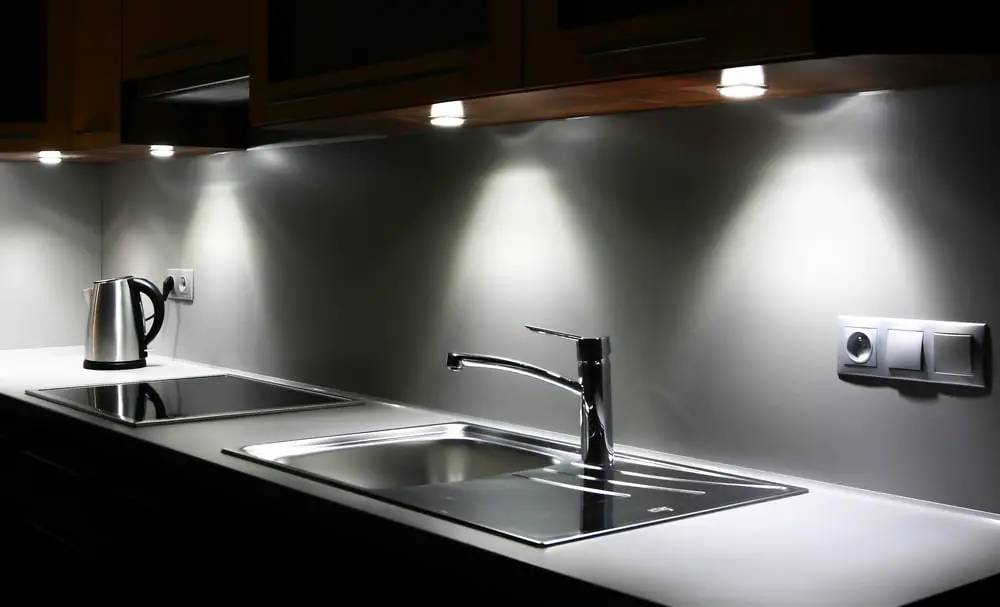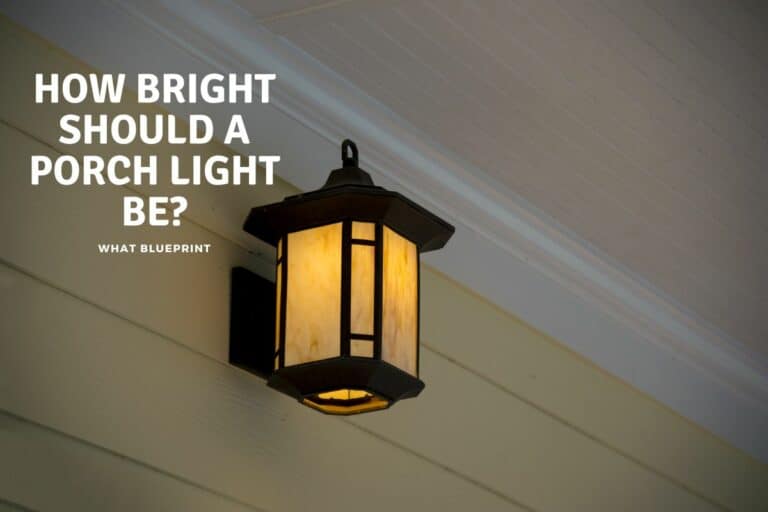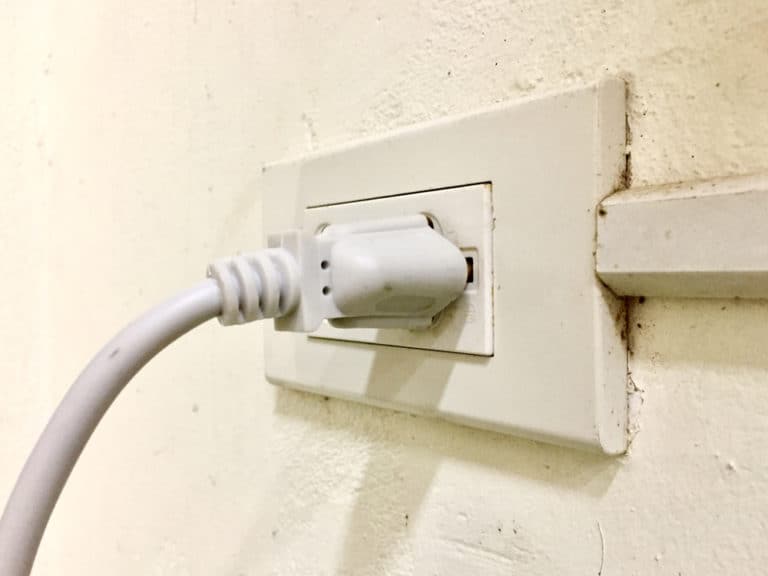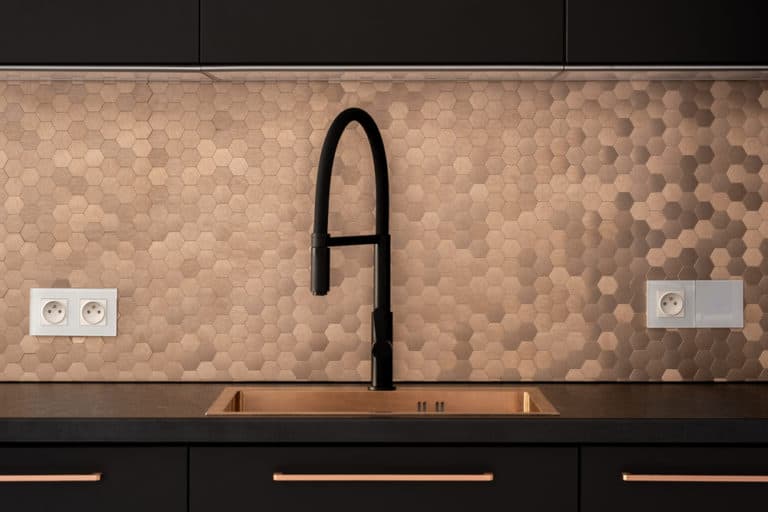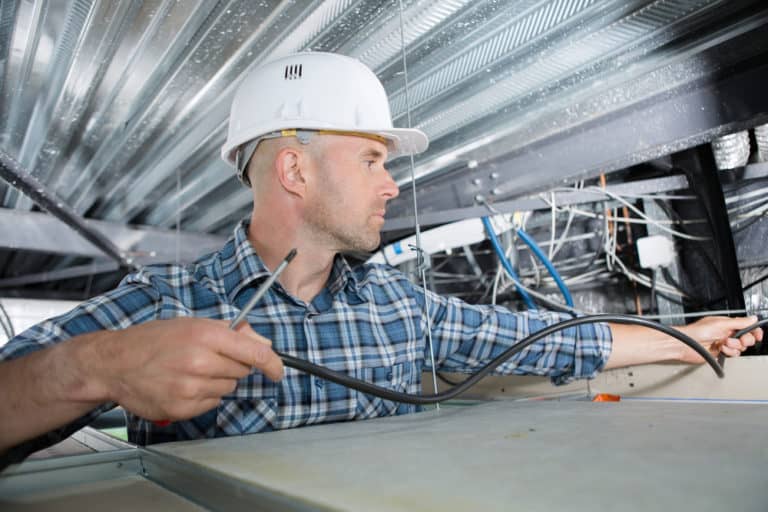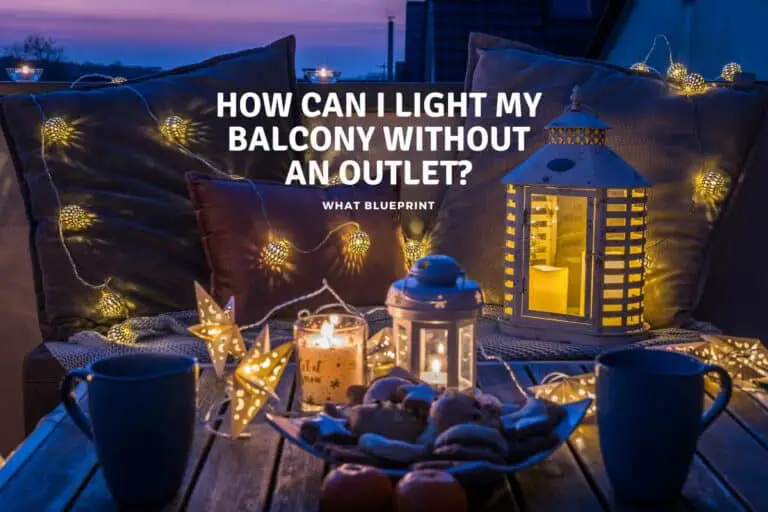What Is The Best Light Color For Under Cabinet Lighting?
When choosing under cabinet lighting, take into consideration the color of the light. Warm white colors are suitable for rooms with a lot of natural sunlight, while cool white is better in spaces with limited natural light. If you opt for lighting in a kitchen, it is best to go with warm white lights because kitchens get the most natural sunlight during the day.
The best light color for under cabinet lighting depends on the room and mood you want to set. If you want to give off a spa-like atmosphere, cool white light is the way to go. If you would like an inviting and cozy feeling, warm white light would is the perfect.
For example, cool white light is suitable for a bathroom because it gives off a spa-like atmosphere. Warm white light is suitable for places where you want to create an inviting and cozy feeling, such as a living room or bedroom.
Types of under cabinet lighting
Good moods and productivity aren’t the only things you can influence with your lighting. Cooler colors like blue and green are good for problem-solving, while warmer tones like reds and yellows can make us more generous and friendly.
Here’s a quick guide to different lighting colors and how they affect us:
LEDs are the best choice for under cabinet lighting because they’re energy-efficient, durable, and produce little heat. They also produce a very soft white light that’s fantastic for places where you want to be productive and cozy.
Warm white, neutral white, and natural white lights are best for areas that call for more relaxed social settings, and cold white light is better when you want to focus. Red and green lights can help you better judge the color of objects, but they can also distract people. LEDs have long been known for their eco-friendliness and energy efficiency, but they also produce a very soft white light that spares the eyes.
1. Red
This is an excellent choice if you want to create an energetic atmosphere or focus on tasks with precision. It stimulates creativity and has been shown to increase blood flow to the brain, making it easier to think quickly and clearly. On the other hand, red light also makes people feel sleepy because it suppresses melatonin production, which tells our bodies when to sleep. So if you work late into the night, red light can be a practical choice. Red lighting can helps you focus, but it can also increase feelings of hostility and frustration. It may give off negative vibes, so use it at your own risk.
2. Blue
This light color is excellent for working late into the night because it’s very bright and likely to keep you awake. It’s the best all-purpose option for under cabinet lighting because it helps people stay alert and concentrate on a task. However, blue light can also be a bit harsh, and it’s known to cause eyestrain.
3. White
This is the default choice for under cabinet lighting because it enhances visibility and makes objects easier to see. White also tends to be most energy-efficient and emits minimal heat, making it a better choice for kitchens or rooms where safety is important.
4. Yellow
This color is most effective when creating a warm atmosphere. It reduces negative feelings like anger and sadness, but it’s not the best option if you need to see fine details or if you’re uncomfortable with bright lights. The yellow light is typically the dimmest, so it won’t work for tasks that require acute vision or staying up all night. However, it’s perfect if you want to create a relaxing environment for winding down! These lights are the same ones that you find in household bulbs. The colors they emit are lovely and inviting, and they can help you decide what colors objects are.
5. Green
It is excellent for the bedroom and helps people fall asleep quickly. It sends a calming and natural message and even improves mood. It’s not the best option for kitchens because it doesn’t emit enough light to see clearly, but it can be perfect for display cabinets that you don’t use regularly. Green lights can help you focus, but they can also overwhelm people who are sensitive to them.
6. White/Blue
This is a trendy option right now because it helps people relax and focus intently at the same time. It’s the best of both worlds! Because it contains a high amount of blue light, it can help you focus on tasks that require precision. On the other hand, it emits enough white light to make objects feel naturally visible. The white/blue is a good choice for rooms that combine relaxation and focus, like the bedroom.
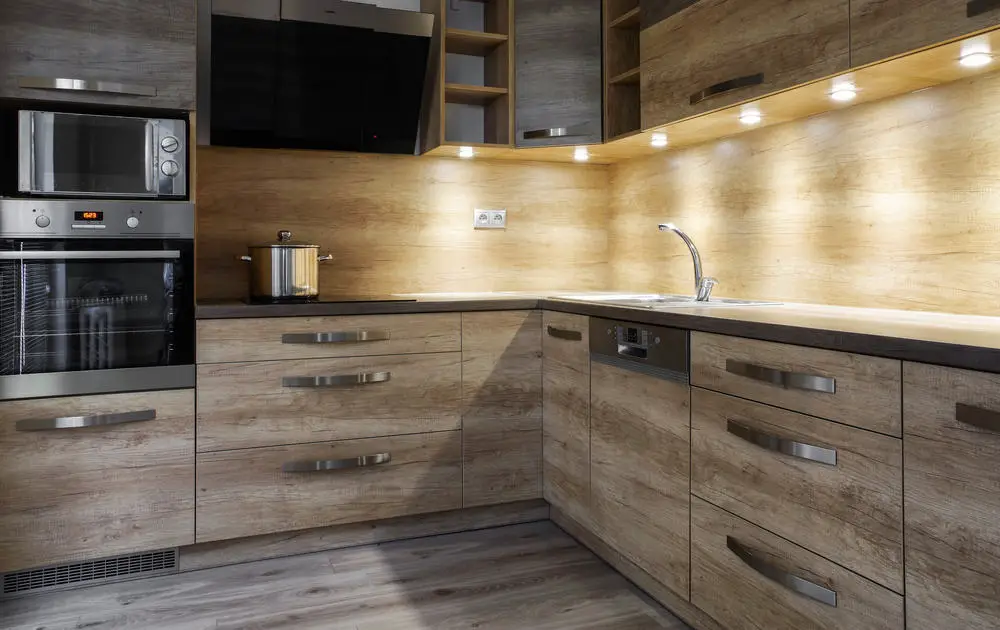
Now that we know more about the science behind different colors let’s look at how different bulbs produce these colors.
T5 Fluorescent
These bulbs are energy efficient and durable, but they can be a little more costly than other types of bulbs. They produce a warmer light that is excellent for kitchens but can also be an excellent choice for workspaces.
Halogen lights
These are hard to beat in terms of color and brightness, but they are also the most expensive type of bulb. They’re great for tasks that demand clear outlines and sharp contrast, but they can be distracting in more relaxed social settings. Halogen lights produce the best light, but they also cause eyestrain.
Compact Fluorescent
Such bulbs are some of the cheapest and most energy-efficient bulbs on the market, produce a solid and cold light. They can make reading more difficult, but they’re perfect for spaces that demand high levels of concentration.
Incandescent
These bulbs are the least when it comes to energy efficiency and produce a lot of heat, but they also produce light that’s closest to natural light. They’re the best choice for places where you want a comfortable atmosphere. Although incandescent lights are not as energy-efficient as the other under cabinet lighting types, they offer a warm and inviting look. They are also the cheapest type of under cabinet lighting. You can use Incandescent lights for aesthetic purposes, but they are not practical because they do not provide adequate lighting for workspaces.
What about color temperature?
Light temperature not only refers to whether your light is cool or warm, but it’s also a good indicator of your light’s color.
- Cool white colors are close to daylight at around 6500K.
- Neutral white colors have a light that’s equivalent to daylight at around 5500K.
- Warm white colors are closer to an incandescent bulb’s light at around 3500K.
Remember that softer lighting colors have a warm glow while harsher ones produce a calm blue tone.
When choosing under cabinet lighting, you should always consider the safety of your family and visitors. Under-cabinet lighting is typically installed in the kitchen, so it is crucial that your lights are not too bright because they can cause you to lose your sight if you stare at them.
In addition, some under cabinet lighting can generate a low buzzing noise as it runs, which is enough to cause a person to lose their hearing if they are in the same room for an extended period. You should always research about lights before purchase to ensure that they are safe and won’t cause dangerous conditions for your visitors and yourself.
What about Energy efficiency?
Energy-efficient under cabinet lighting is an affordable option for those looking to save on energy bills. Installing low-energy consumption under cabinet lighting can help you reduce your monthly electricity bill by as much as 75%.
Price
Under-cabinet lighting typically costs around $5 per linear foot. The more lumens (brightness) you require from the light, the higher your cost will be. LED lights are typically more expensive than fluorescent or incandescent under cabinet lighting.
Conclusion
Under-cabinet lighting usually runs from $5 to $20 per linear foot, depending on the type of light you choose. In addition to the type of bulb you use, it’s essential to consider the color temperature of your light because cool colors are not practical for spaces requiring high concentration levels. Finally, if you want to save on energy costs, choose under-cabinet lighting that has energy-efficient options.

